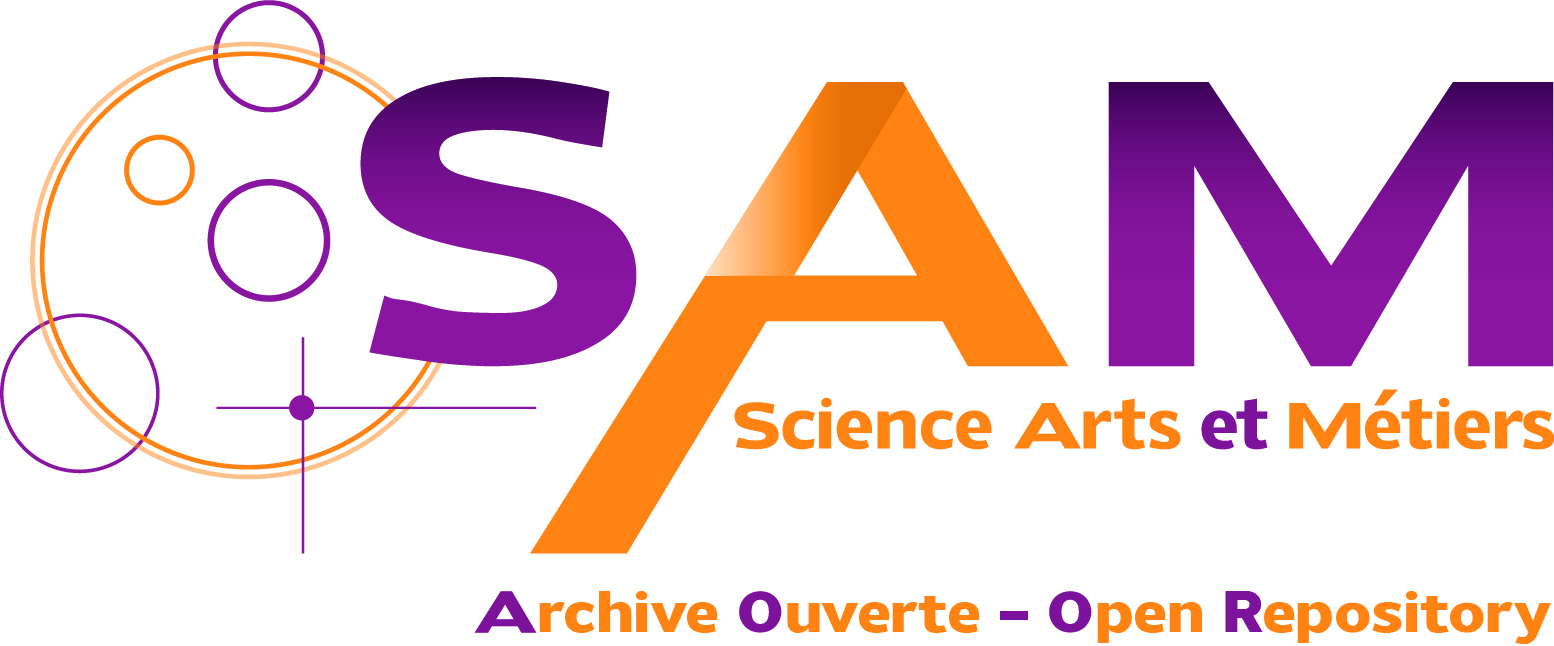Experimental analysis of the influence of heat treatments on the flexibility of NiTi alloy for endodontic instruments manufacturing
Résumé
The flexibility of NiTi based endodontic files is improved by heat treatment, leading to lower risk of failure, ledges, and canal transportation during the preparation of curved root canals. The aim of this study is to investigate and clearly highlight the influence of every parameter of heat treatment on the flexibility of NiTi wires and thus of endodontic instruments. A full factorial Design of Experiment (DoE) and a designed bending–torsion bench following the ISO 3630-1 standard were used for this investigation. Temperature, holding time, and cooling method were selected as contributing factors, while maximum bending moment, hysteresis size, and stiffness during martensitic transformation were selected as outputs. Regression analysis was performed to estimate the relationship between contributing and output variables to assess how the experimentation fits with the model. The experimental results showed that wires heated at 425 °C for 30 min are more flexible. Moreover, heat treatment temperature is the most critical factor influencing the flexibility and hysteresis size of the NiTi wire followed by the holding time, while the cooling method has a negligible effect. The regression analysis showed that the model is effective at predicting the relationship between contributing factors, bending moment response, and hysteresis size.
| Origine | Fichiers éditeurs autorisés sur une archive ouverte |
|---|



